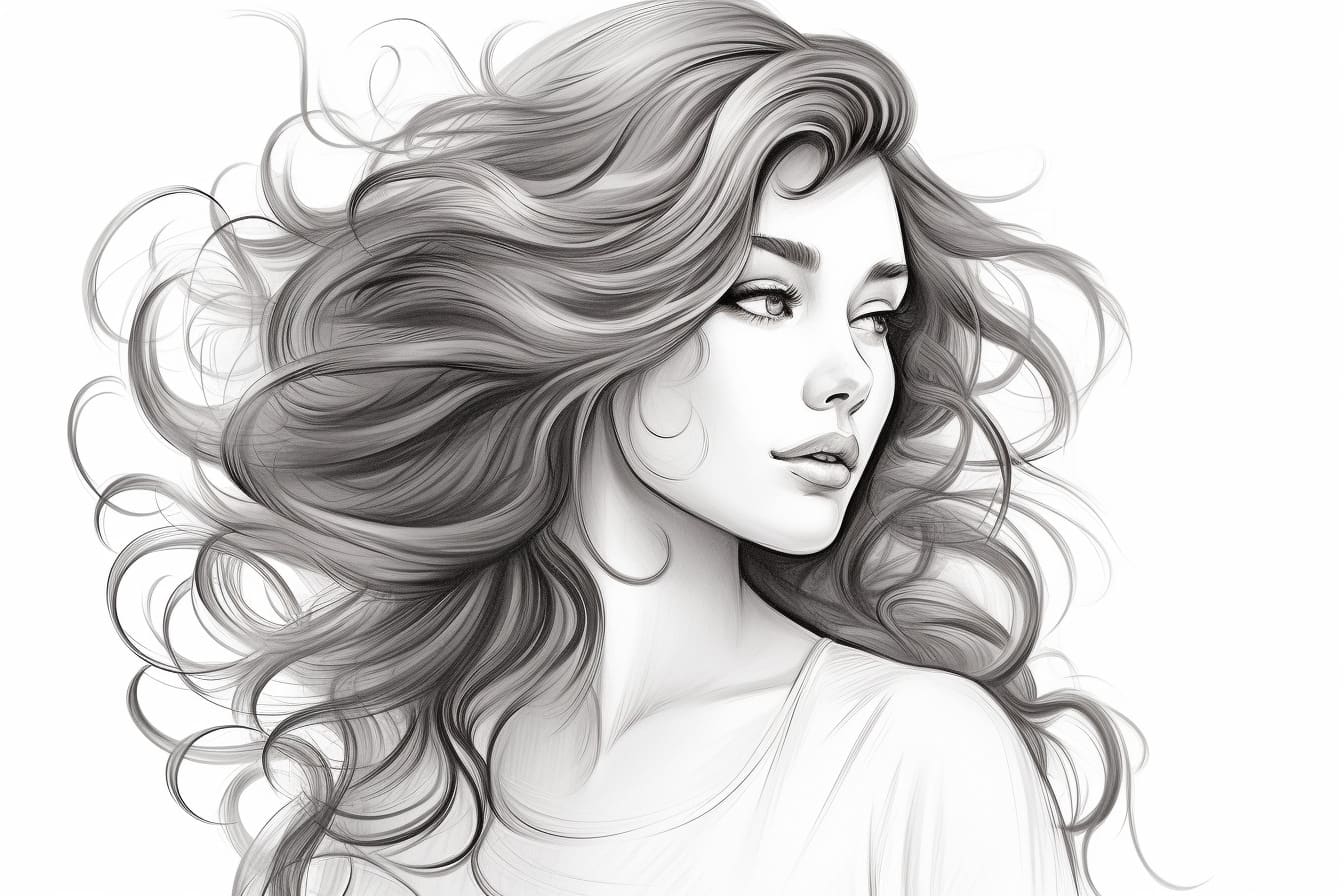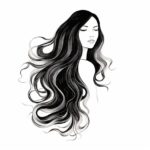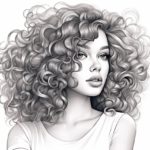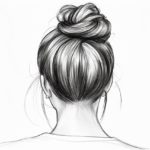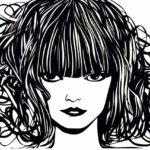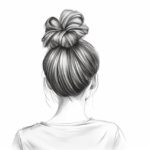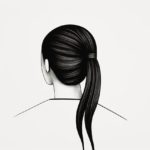Are you trying to improve your drawing skills and capture the beautiful essence of wavy hair? Drawing wavy hair can be a challenge, but with the right techniques, you can create stunning and realistic illustrations. In this step-by-step guide, I will walk you through the process of drawing wavy hair, from understanding the basic structure to adding intricate details. By the end, you’ll have the knowledge and skills to create lifelike wavy hair in your drawings. So, grab your sketchbook and let’s get started!
Materials Required
To get started on your wavy hair drawing, you will need the following materials:
- Pencil: Start with a pencil, preferably a graphite pencil, which will allow you to create different shades and textures.
- Eraser: Make sure you have a good quality eraser handy for fine-tuning your drawing.
- Paper: Choose a smooth surface paper, such as drawing paper or bristol board, to create clean and defined lines.
- Reference Image: Find a reference image of wavy hair to help you understand its structure and get inspiration for your drawing.
Now that you have all your materials ready, let’s begin the journey of drawing wavy hair!
Step 1: Outline the Basic Shape
Start by lightly sketching the basic shape of the head where the wavy hair will be. Use basic shapes like circles or ovals to define the head’s size and shape. This will serve as a guideline for your hair drawing, allowing you to maintain proper proportions.
Step 2: Define the Flow of the Hair
Wavy hair has a natural flow and movement, so it’s essential to capture this in your drawing. Observe the reference image and identify the direction in which the hair flows. Using light and confident strokes, sketch the general flow of the hair starting from the roots to the ends.
Step 3: Add the Major Hair Strands
Now, it’s time to add some major hair strands to give structure to your wavy hair. Observe the reference image carefully and identify the prominent strands of hair. Using your pencil, lightly sketch these strands, following the natural flow you outlined in the previous step. Remember to keep the strokes loose and wavy to capture the essence of wavy hair.
Step 4: Enhance the Wave Effect
Wavy hair has a distinctive pattern of waves, and we need to emphasize this in our drawing. Take a closer look at the reference image and observe how the waves are created by alternating curves. Start adding smaller curves to the major strands you previously sketched to enhance the wave effect. Be mindful of the direction and length of the waves, and try to maintain a consistent pattern throughout the drawing.
Step 5: Add Dimension with Shadows and Highlights
To create depth and dimension in your wavy hair drawing, it’s crucial to add shadows and highlights. Observe the reference image again and identify the areas where the hair appears darker due to shadows and lighter due to highlights. Use your pencil to add shading accordingly, adding depth to the waves of the hair. Remember to blend the shades gently to create a smooth transition.
Step 6: Refine the Details
Now that you have established the overall structure and shape of the wavy hair, it’s time to refine the details. Focus on adding more intricate strands and defining the edges. Pay attention to the areas where strands overlap, creating depth and realism in your drawing. Use your eraser to gently remove any unnecessary lines or smudges, refining the precise details of the wavy hair.
Step 7: Final Touches and Finishing
In the final step, take a step back and evaluate your drawing. Make any necessary adjustments to ensure it matches your desired outcome. Add any additional details or highlights to enhance the overall look of the wavy hair. Once you’re satisfied with your drawing, you can finalize it by darkening the lines you want to emphasize and erasing any remaining guidelines.
Conclusion
Drawing wavy hair can be a challenging task, but with practice and patience, you can achieve remarkable results. By following the step-by-step instructions outlined in this guide, you will be able to capture the beauty and flow of wavy hair in your drawings. Remember to observe your reference image closely, pay attention to the natural flow and wave patterns, and add depth and dimension through shading and highlighting. With these techniques in your artistic toolbox, you’ll be able to create stunning wavy hair illustrations. So, grab your pencils and start practicing your wavy hair drawing skills today!

